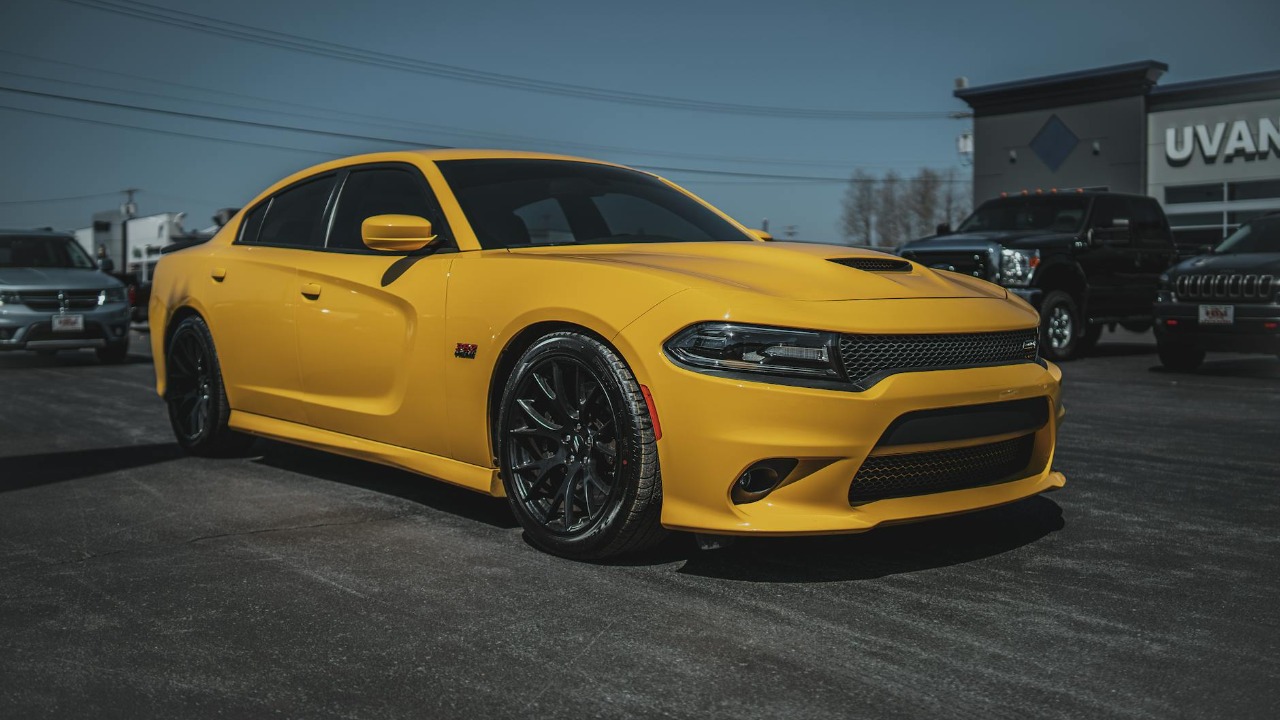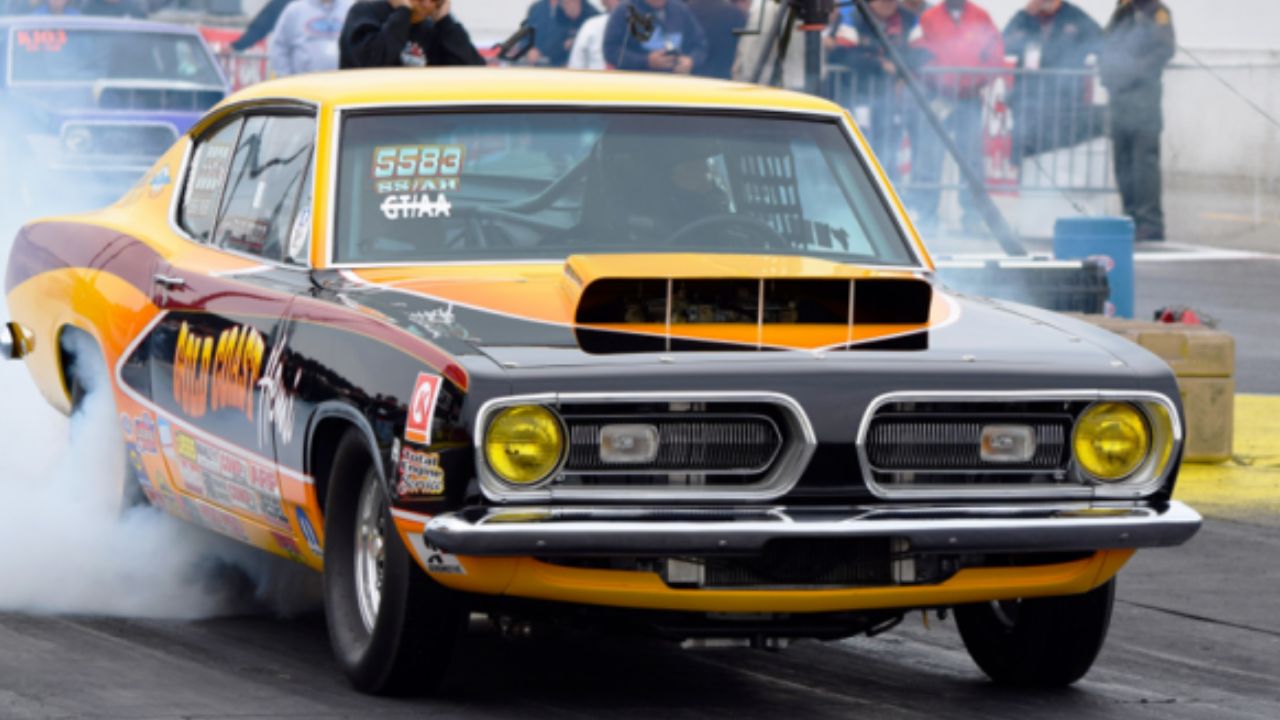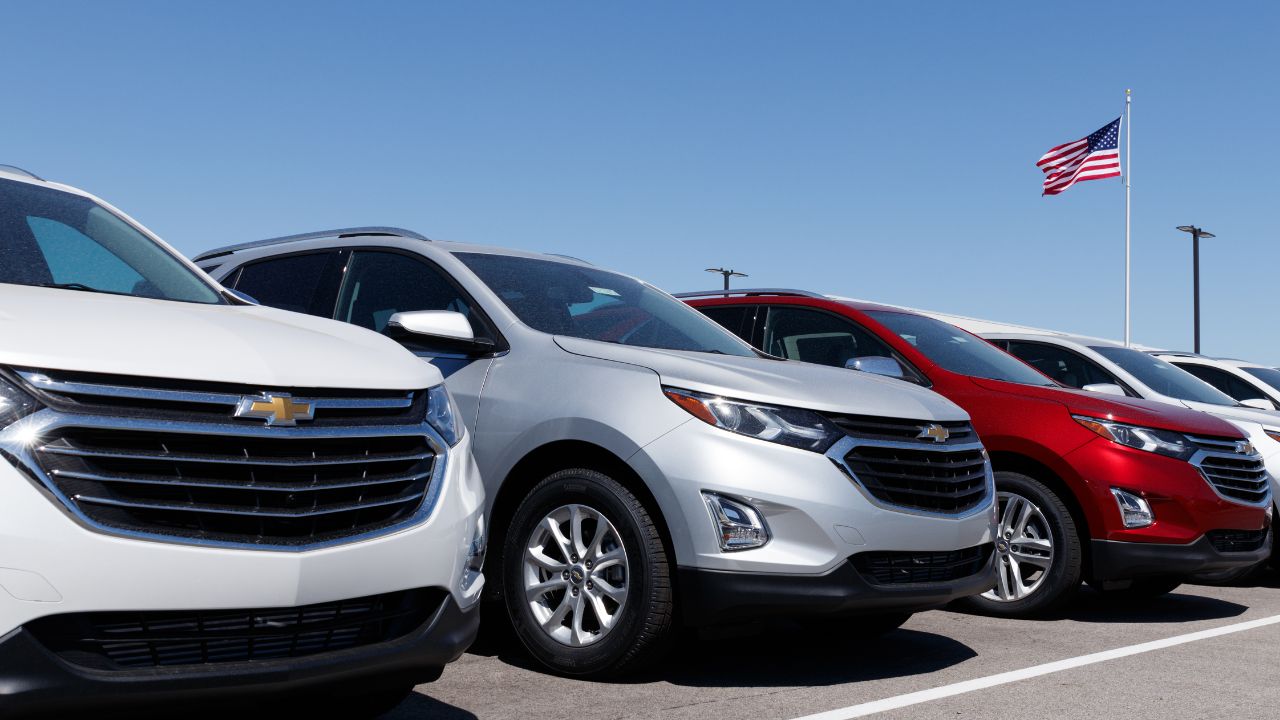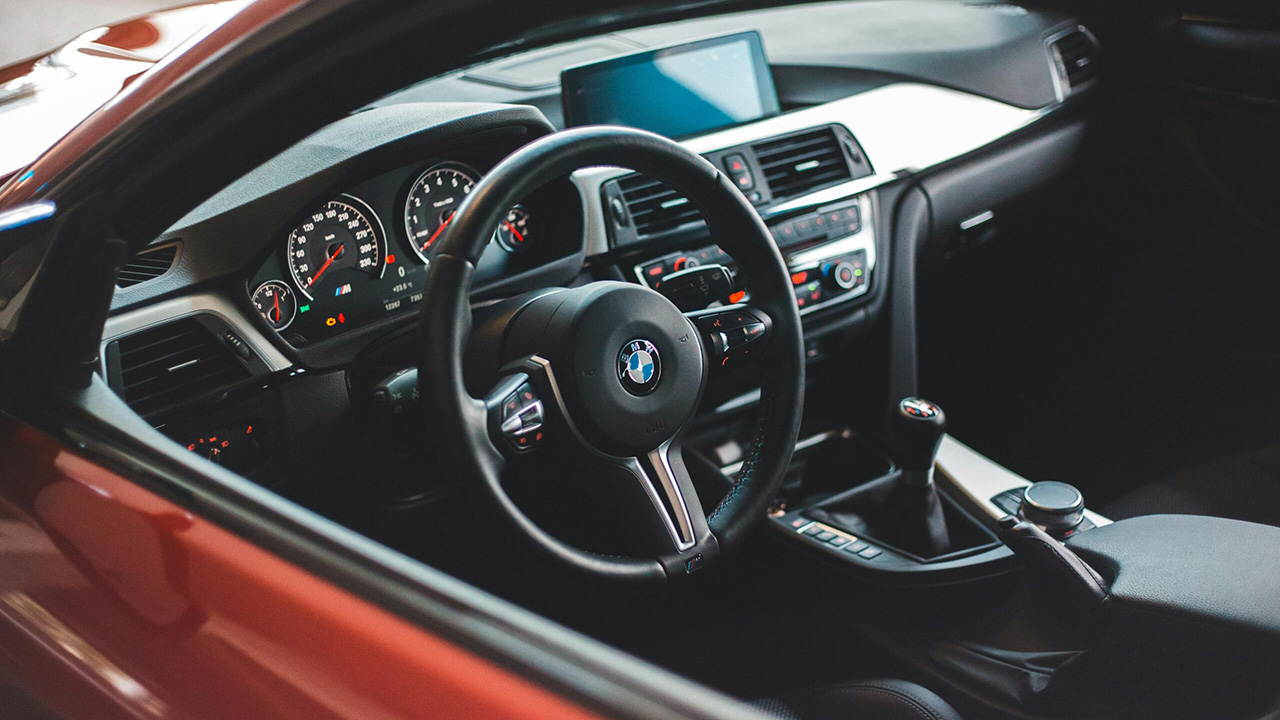When it comes to muscle cars, manufacturers often push the boundaries of performance and design. Some prototypes and concepts are so extreme that they never see the production line. Here are five muscle cars that were too wild for production, each showcasing the audacious spirit of American automotive engineering.
Chevrolet Corvette ZL1 Prototype

The Chevrolet Corvette ZL1 Prototype, unveiled in 1969, was a true testament to the brand’s racing heritage. With a 7.0-liter V8 engine capable of producing 430 horsepower, this car was designed for serious performance on the track. However, due to stringent emissions regulations and the rising insurance costs for high-performance vehicles, Chevrolet ultimately decided not to bring this beast to market.
Despite its limited production, the ZL1 prototype remains a coveted piece of automotive history. Its aggressive styling and powerful engine have earned it a legendary status among car enthusiasts. Today, collectors seek out ZL1 models, even if they are just prototypes, as symbols of what could have been in the golden age of muscle cars.
Ford Mustang Cobra Jet 1400

The Ford Mustang Cobra Jet 1400, introduced in 2020, is an electric drag racing version of the iconic Mustang. With an astonishing 1,400 horsepower and capable of hitting the quarter-mile in under 8 seconds, this car redefined the limits of muscle cars. However, its extreme capabilities and electric powertrain raised concerns about practicality and market viability.
Ford’s decision to keep the Cobra Jet 1400 as a specialized vehicle for racing events rather than a consumer model reflects the brand’s commitment to innovation while recognizing the traditional muscle car market’s preferences. While it may not be available for everyday drivers, the Cobra Jet 1400 showcases the future of high-performance vehicles.
Dodge Charger Daytona

The Dodge Charger Daytona was a game-changer in the late 1960s, boasting a unique aerodynamic design and a powerful 426 HEMI engine. This car was built for NASCAR, with features like a distinctive nose cone and a tall rear wing that contributed to its racing success. However, the Daytona’s extreme styling and race-bred performance made it impractical for everyday use.
Although only a handful were produced for public consumption, the Charger Daytona left an indelible mark on automotive history. It represents the peak of muscle car performance and design, with a legacy that continues to influence modern muscle cars. Enthusiasts continue to celebrate the Daytona as one of the most iconic vehicles ever built.
Plymouth Barracuda Super Stock

The Plymouth Barracuda Super Stock was an ambitious project in the 1970s, aimed at dominating the drag racing scene. With a modified 426 HEMI engine and lightweight components, this car was designed for pure performance. Unfortunately, just as the muscle car era was coming to a close, the Barracuda Super Stock never made it to production due to changing regulations and market trends.
Today, the Barracuda Super Stock is remembered for its potential and the excitement it generated among racing fans. Its combination of aggressive styling and raw power makes it a sought-after classic. The car serves as a reminder of the radical designs and high-performance standards that defined an era of American automotive innovation.
Pontiac Firebird Trans Am Super Duty

The Pontiac Firebird Trans Am Super Duty, introduced in 1973, was meant to be a high-performance version of the iconic Firebird. With a powerful 455-cubic-inch V8 engine, this car was engineered to deliver exhilarating speed. However, with the oil crisis and increasing emissions regulations, Pontiac faced tough decisions about production, ultimately shelving the Super Duty plans.
Though it never hit the streets, the Firebird Trans Am Super Duty has gained a cult following among muscle car enthusiasts. Its powerful engine and unique features make it a symbol of what could have been during the golden age of muscle cars. Collectors continue to seek out prototypes and remnants of this ambitious project, keeping its legacy alive.
More from Fast Lane Only:
- Unboxing the WWII Jeep in a Crate
- The Fastest Farm Truck Ever Built
- 10 Old Trucks That Were Built Like Tanks
- 12 Classic muscle cars still within reach for budget buyers
*Created with AI assistance and editor review.






Leave a Reply